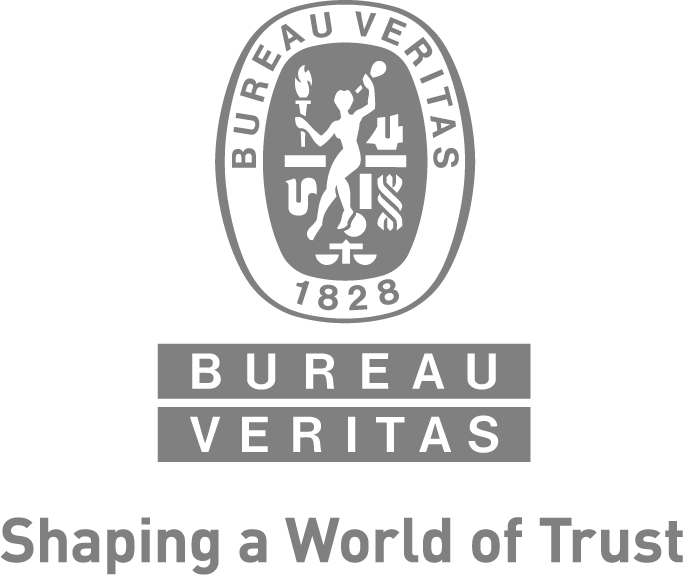
Startseite » Technologies » 4G
Definition of 4G technology
4G
LTE (Long Term Evolution) is the fourth generation of cellular wireless standards and, when it was launched in 2009, it was also the fastest cellular network technology available on the market. It uses the UMTS infrastructure and is also known as 3.9G because, technically, it doesn’t fully meet the specifications of the 4G standard. Although many carriers refer to LTE as 4G for marketing purposes, only LTE Advanced (LTE-A) corresponds to the definition of 4G. LTE Advanced Pro (LTE-AP) is the final iteration and the pre-5G development stage.
It’s important to remember that there are different categories of LTE. The 3GPP standardisation organisation has defined various LTE release versions and user equipment categories. The release version (REL) indicates technical parameters such as transmission rates. The user equipment category (CAT) defines the performance and the capabilities of the user equipment within a release version. Release 8 is divided into user equipment categories (CAT 1-5).
Generation
Technology
Max. bandwidth
Frequency band DE
2G
GSM
CSD: 14.4 KBit/s HSCSD: 115.2 KBit/s
E-GSM: 880 - 960 MHz
(E)R-GSM: 873 - 960 MHz
DCS 1800: 1710 - 1880 MHz
2.5G
GPRS
171.2 KBit/s
E-GSM: 880 - 960 MHz
(E)R-GSM: 873 - 960 MHz
DCS 1800: 1710 - 1880 MHz
2.75G
EDGE
237 KBit/s
E-GSM: 880 - 960 MHz
(E)R-GSM: 873 - 960 MHz
DCS 1800: 1710 - 1880 MHz
3G
UMTS
384 KBit/s
shut down since 2021
3.5G
HSPA
HSPA+
7.2 MBit/s
42.2 MBit/s
shut down since 2021
3.9G
LTE (up to CAT 4)
150 MBit/s
Band 1 (FDD): 1920 - 2170 MHz
Band 3 (FDD): 1710 - 1880 MHz
Band 7 (FDD): 2500 - 2690 MHz
Band 8 (FDD): 880 - 960 MHz
Band 20 (FDD): 791 - 862 MHz
Band 28 (FDD): 703 - 803 MHz
Band 32 (FDD DL only): 1452 - 1496 MHz
4G
LTE Advanced (up to CAT 6)
300 MBit/s
Band 1 (FDD): 1920 - 2170 MHz
Band 3 (FDD): 1710 - 1880 MHz
Band 7 (FDD): 2500 - 2690 MHz
Band 8 (FDD): 880 - 960 MHz
Band 20 (FDD): 791 - 862 MHz
Band 28 (FDD): 703 - 803 MHz
Band 32 (FDD DL only): 1452 - 1496 MHz
4.5G
LTE Advanced Pro (CAT 12 an above)
1200 MBit/s
Band 1 (FDD): 1920 - 2170 MHz
Band 3 (FDD): 1710 - 1880 MHz
Band 7 (FDD): 2500 - 2690 MHz
Band 8 (FDD): 880 - 960 MHz
Band 20 (FDD): 791 - 862 MHz
Band 28 (FDD): 703 - 803 MHz
Band 32 (FDD DL only): 1452 - 1496 MHz
5G
5G NR
10 GBit/s
FR1 (<6 GHz)
Band n1 (FDD): 1920 - 2170 MHz
Band n3 (FDD): 1710 - 1880 MHz
Band n28 (FDD): 703 - 803 MHz
Band n78 (TDD): 3300 - 3500 MHz
FR2 (>24 GHz)
Band n258 (TDD): 24.25 - 27.50 GHz
4G LTE-Advanced, CAT6 and above
LTE-Advanced is an enhancement of the LTE standard. It is abbreviated to LTE-A or LTE+. 4G LTE Advanced can achieve far higher data rates than its predecessor of between 300 and 600 Mbps. One of the features of LTE-Advanced which increases the data rate available to users is carrier aggregation. LTE-Advanced is a category 6 (CAT 6) LTE version.
4.5G LTE Advanced Pro, CAT 11 and above
The LTE-Advanced Pro Standard or 4.5G or LTE-AP (CAT 11 and above) represents the next advancement in LTE technology development. It generally aggregates three component carriers and can achieve peak data rates of 600 Mbps. LTE Advanced Pro is an important step forward towards 5G.
More services and informations
for "4G"
Test Services
- Batteriemessung
- RRM Test

